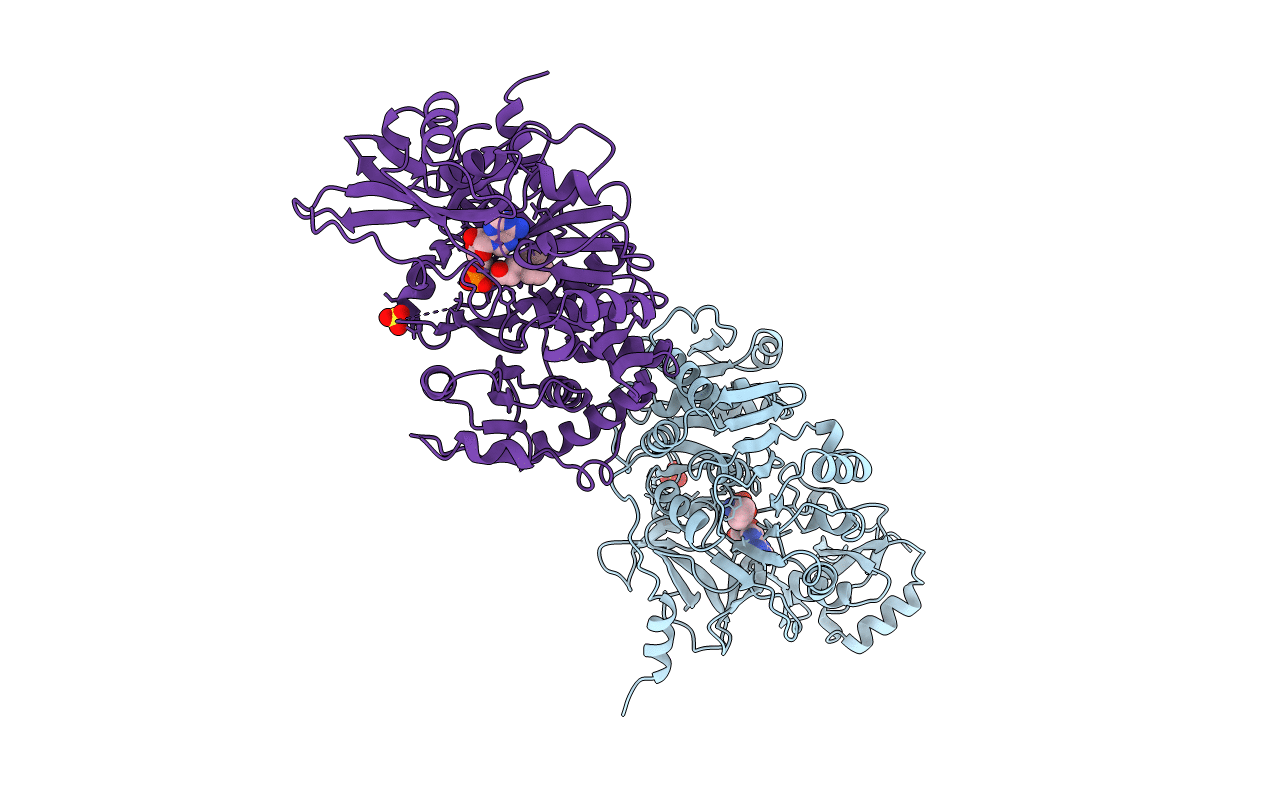
Deposition Date
1997-06-18
Release Date
1998-07-01
Last Version Date
2024-02-07
Entry Detail
PDB ID:
1AMU
Keywords:
Title:
PHENYLALANINE ACTIVATING DOMAIN OF GRAMICIDIN SYNTHETASE 1 IN A COMPLEX WITH AMP AND PHENYLALANINE
Biological Source:
Source Organism:
Brevibacillus brevis (Taxon ID: 1393)
Host Organism:
Method Details:
Experimental Method:
Resolution:
1.90 Å
R-Value Free:
0.24
R-Value Work:
0.21
R-Value Observed:
0.21
Space Group:
P 1 21 1


